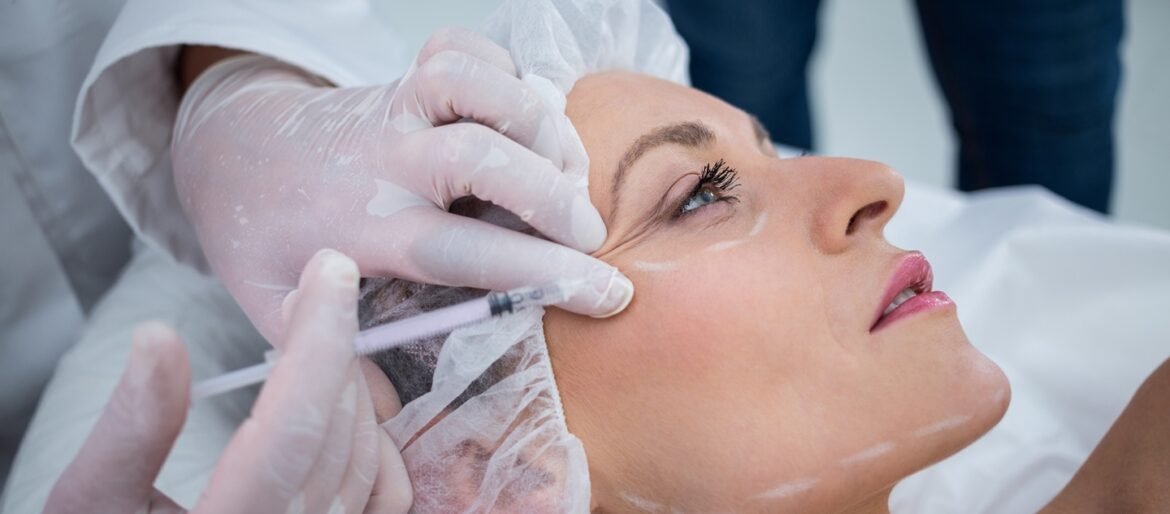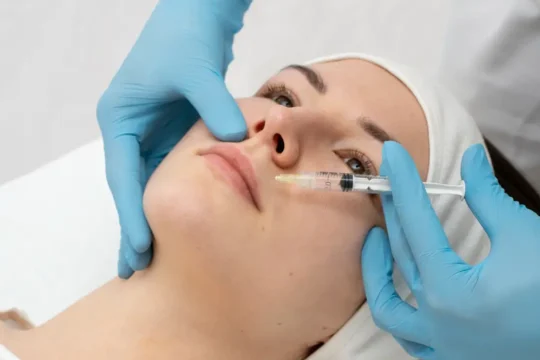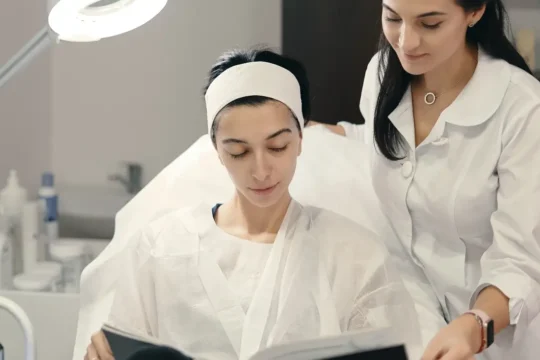Is Botox Training Right for You? A Career in Medical Aesthetics Explained

Many people are choosing a career in medical aesthetics because of the opportunities this field offers. Over the past few years, the demand for aesthetics has significantly increased, and treatments are now accessible everywhere. Social media, which emphasizes appearance and image, is one of the biggest motivating factors in spreading awareness about cosmetic treatments.
If you are considering registering for a medical aesthetics course, now’s the time to do it! The following guide will take you through the Botox training course requirements one needs to fulfill to become a qualified injector:
What is Aesthetic Medicine?
Any non-surgical treatments that increase a person’s appearance and make them feel content with their features come under aesthetic medicine. These include minimally invasive and non-invasive procedures.
It isn’t a modern trend that people worldwide are choosing to undergo treatments that help them minimize the effects of natural aging. Their sole purpose is to achieve that youthful glow they had in their 20s.
Medical practitioners are choosing to get certified in aesthetic treatments because it boosts their careers and gives them deep satisfaction to see their patients gain confidence.
Who Can Train as a Botox Injector?
According to the Canadian Board of Aesthetic Medicine, Botox can only be administered by licensed and qualified medical practitioners. This helps protect patients from rogue, underqualified “so-called” practitioners. This sets a safety standard in aesthetic clinics, allowing owners to ensure clients a comfortable experience.
Furthermore, any legitimate aesthetics training provider restricts their courses to licensed healthcare professionals who meet the necessary requirements, such as physicians, dentists, nurses, and pharmacists.
Things You Need to Know About Botox Training Course
After completing secondary school, students can pursue a career-focused study in medical aesthetics. In Canada, universities, accredited institutions, vocational or technical colleges, and organizations with a wealth of experience and knowledge in this field offer training programs in Botox.
Here’s what you can expect a Botox course to cover:
- Theoretical and practical knowledge of cosmetic treatments and skin health
- Effective and safe administration of beauty and skincare treatments
- Injectable treatments and products
- Customer service skills and client relations
- Safety and health practices
Note: Always carefully review the course curriculum while researching possible institutions to determine whether the medical aesthetics program offers you in-depth training materials, instructors, and practical training chances with live models.
Qualifications
You must fulfill specific requirements to start a successful career as a Botox practitioner. These credentials guarantee you possess the know-how and abilities to handle your clients safely and efficiently. The following are the essential qualifications needed:
- A solid medical foundation involves more than knowing how to give shots. It also involves ensuring your clients’ safety and health.
- Medical professionals with backgrounds in general medicine, dermatology, and plastic surgery are qualified to work as Botox administrators. Thanks to their background, they have extensive knowledge of human anatomy, which is essential when working with the muscles and skin of the face.
- A bachelor’s degree in a related field (e.g., nursing, pre-med, or health sciences) is required to ensure that you can enroll in the course.
How Long Does the Botox Training Course Last?
Administering Botox injections is a specialized task reserved for qualified professionals. Only licensed healthcare practitioners such as physicians, dentists, registered nurses, physician assistants, and others with the appropriate credentials can perform this procedure. Even for these professionals, completing a Botox certification course is a prerequisite before they can legally administer the treatment.
These certification programs are designed with the busy schedules of medical professionals in mind, which is why the training duration is relatively short. It typically takes one to two days to complete the course and earn the certification. Despite the short timeframe, the training is comprehensive, ensuring participants acquire the necessary skills to safely and effectively perform Botox procedures.
How Much Does a Botox Course Cost?
The cost of a Botox training course can be significant, typically ranging between $3,000 and $6,000. However, this investment can be highly rewarding for those looking to enhance their medical career. The exact price depends on the training provider, location, and the program’s overall quality.
It’s important to remember that high-quality training comes at a corresponding price. While opting for a less expensive course might be tempting, be cautious of unusually cheap programs. They may not provide the comprehensive education and hands-on experience necessary for success in this field.
Why More Medical Professionals Are Transitioning to Medical Aesthetics
The demand for Botox injection courses in Canada continues to rise, making medical aesthetics a highly appealing field for healthcare professionals. Beyond the financial benefits, many practitioners are drawn to this field for various compelling reasons, including personal fulfillment, career growth, and improved work-life balance.
- Helping clients enhance their appearance often profoundly impacts their confidence and self-esteem. For medical professionals, knowing their work positively affects someone’s life adds an extra layer of satisfaction to their career.
- The field of medical aesthetics is rapidly evolving, with new technologies and techniques emerging regularly. By staying current with advancements, practitioners can expand their skills, offer innovative treatments, and further develop their careers in this lucrative industry.
- Hospital work often comes with long hours, high stress, and demanding schedules, including overnight shifts. In contrast, a career in medical aesthetics offers a more manageable lifestyle.
- Since medical and nursing schools typically do not cover cosmetic procedures like Botox, specialized training is essential for entering this field. Fortunately, high-quality Botox training courses are readily available.
Pursuing courses on Botox opens doors to a thriving career in medical aesthetics. This field empowers medical professionals to diversify their expertise and stay at the forefront of cosmetic advancements. Enhancing clients’ confidence and self-image provides a deeply rewarding and impactful experience.
At NAIMA, we offer healthcare professionals the top medical aesthetic courses in the industry. We pride ourselves on teaching our students the latest techniques and skills to help them flourish in their careers. Our top priority is patient safety, which we ensure through our course guidelines.
For more information on where to start, visit our website and browse the courses we offer, or call (416) 6238424



Comments are closed.